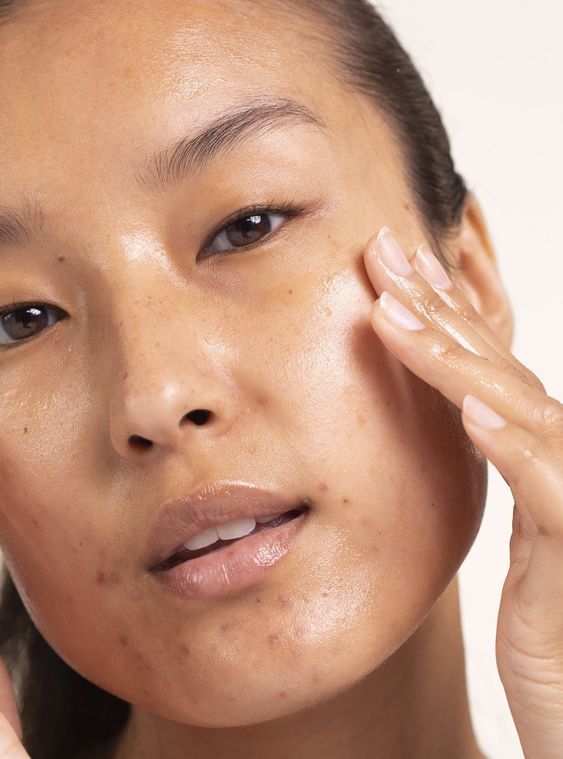
It’s a hoity-toity ingredient that many are scared to use given it can go wrong on your skin if not used correctly. But we are here to talk about cool stuff and forms of Retinol that won’t harm your skin and needs little vigilance. Put down your mugs to serve your skin!
Retinol is a part of a group called Retinoid which is derived from Vitamin A. It is one of the mildest forms of Vitamin A which is why you will find it commonly in over-the-counter products. If Retinol is the mildest then what is the strongest form and why is mild over the forms? The answer lies in the number of conversion steps that a molecule takes to convert into the final form- Retinoic acid. Cool, eh?! Here are some forms of Retinoid along with how many steps it takes to convert them into the final product:
- Retinyl Esters: This form shows a mild effect since it takes three steps to convert into Retinoic acid. You may spot it in the ingredient list with the name ‘Retinyl Palmitate’.
- Retinol: It takes two steps. It is first converted to Retinaldehyde and then Retinoic acid. Retinol is widely used in OTC so you may find it in different strengths. It is best to start with the lowest concentration like 0.2 or 0.1%.
- Retinaldehyde or Retinal: This is a strong form of Retinoid which cannot be used without a prescription as you can easily go wrong with such strong substances. Let the dermatologist decide what is best to play with for your skin.
- Retinoic acid: This is the strongest form and can easily irritate your skin. You must stay away from it as long as your dermatologist is prescribing it as an oral therapy.
It all does sound scary but then there is one more form which can suit all (even beginners at the ‘Retinol’ game!) and that is Liposomal Retinol. This means that the active ingredient is covered in lipids to reduce the side effects of drying the skin and deliver similar results. This is
2. What are the benefits of Retinol?
After hearing about what Retinol is, let’s sum up how it benefits our skin:
- Eliminate fine lines and wrinkles
- Brightens skin by increased cell turnover
- Reverses sun damage
- Removes acne scars or any wound marks
- What is the right method to start using Retinol?
It is important that you’re applying Retinol in the right condition. You must completely let your skin dry after washing to apply Retinol and top it off with a moisturiser to avoid dryness. However, that issue is less troublesome if you’re using Liposomal Retinol. We’ve aced our products at making them beginner-friendly hence our products like Keep rollin’ and Bomb bum cream have Retinol Liposomes. To bring another interesting fact about Retinol is that studies have proved it to be more effective when paired with its plant derivative- Bakuchiol oil which is exactly what you will find in Light it up to brighten your skin. Worth giving a shot to a clinically proven formula! Such formulas are easy to use and won’t dry off your skin.
Ideally, one should start using Retinol in their mid-twenties since that is when your body’s ability to produce collagen starts declining and hence you may see a change in the firmness of your skin. Start investing in your skin now!


